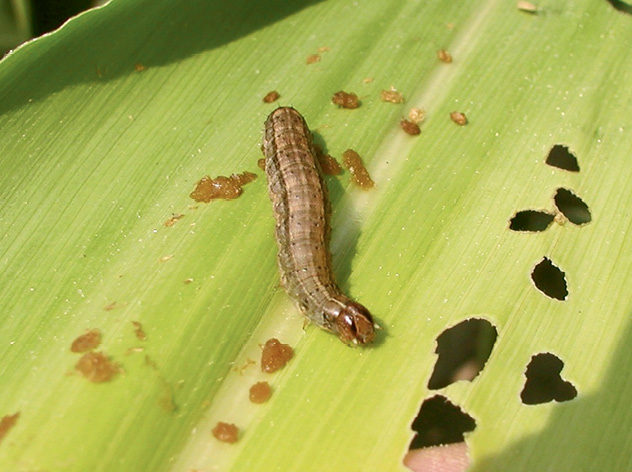No-Till Farmer
Get full access NOW to the most comprehensive, powerful and easy-to-use online resource for no-tillage practices. Just one good idea will pay for your subscription hundreds of times over.

In-plant insect protection has long been helping corn producers sleep better at night — comfortable in the knowledge that their fields are safe from at least some of the yield-robbing threats they face.
While advances in in-plant technology have brought many improvements to the field in recent years, the best protection and trait combinations may be yet to come. Leaders in the industry, including Dow AgroSciences, Monsanto, Pioneer and Syngenta, will bring new technologies, more in-depth stacks and simplified refuge solutions to the marketplace by the end of the decade.
As no-tillers aim for more bushels per acre, using in-plant insect control may be one of their more important tools as residue and weeds can, in some cases, lead to increased insect pressure in no-till fields.
The following is an overview of up-coming insect protection and refuge technologies de-signed to help producers protect yields, simplify production and limit input costs.
With the introduction of a proprietary vegetative insecticidal protein, VIP3A, Syngenta is bringing an entirely new protein and event (MIR162) to the marketplace.
The VIP3A protein works similarly to Cry proteins, disrupting the gut of susceptible larvae, which causes them to stop feeding. However, VIP3A attacks different sites in the gut and has a different mode of action from Cry proteins.
When stacked with Cry proteins, such as in the initial MIR162 + Bt11 (Agrisure CB/LL) offering, it means greater control and a greatly reduced risk for resistance development, says Wayne Fithian, business…